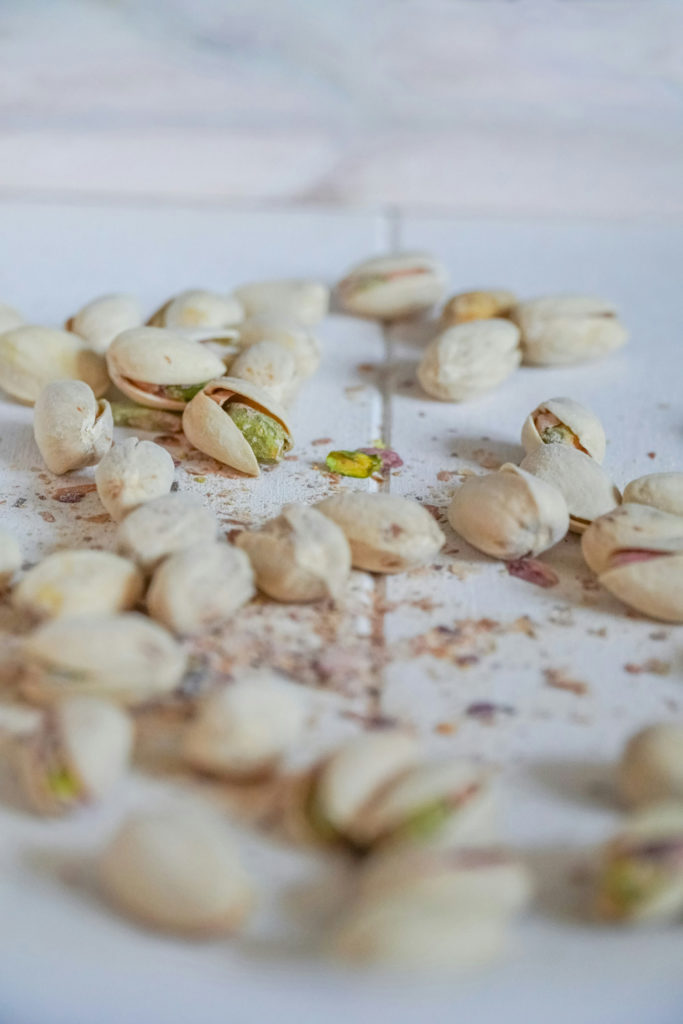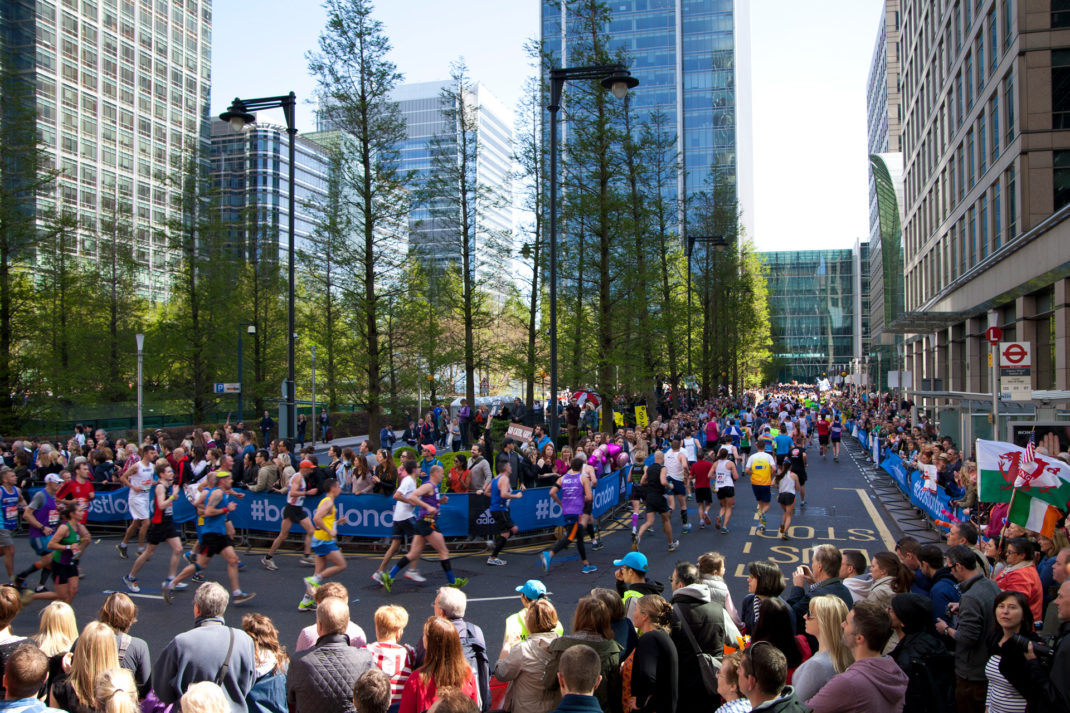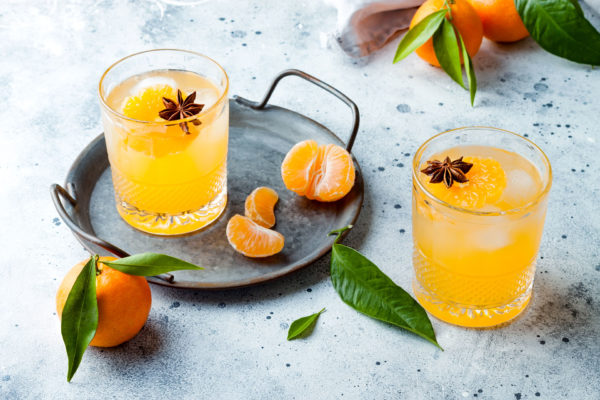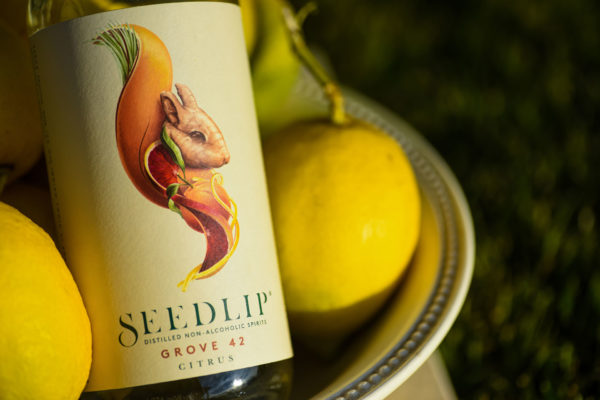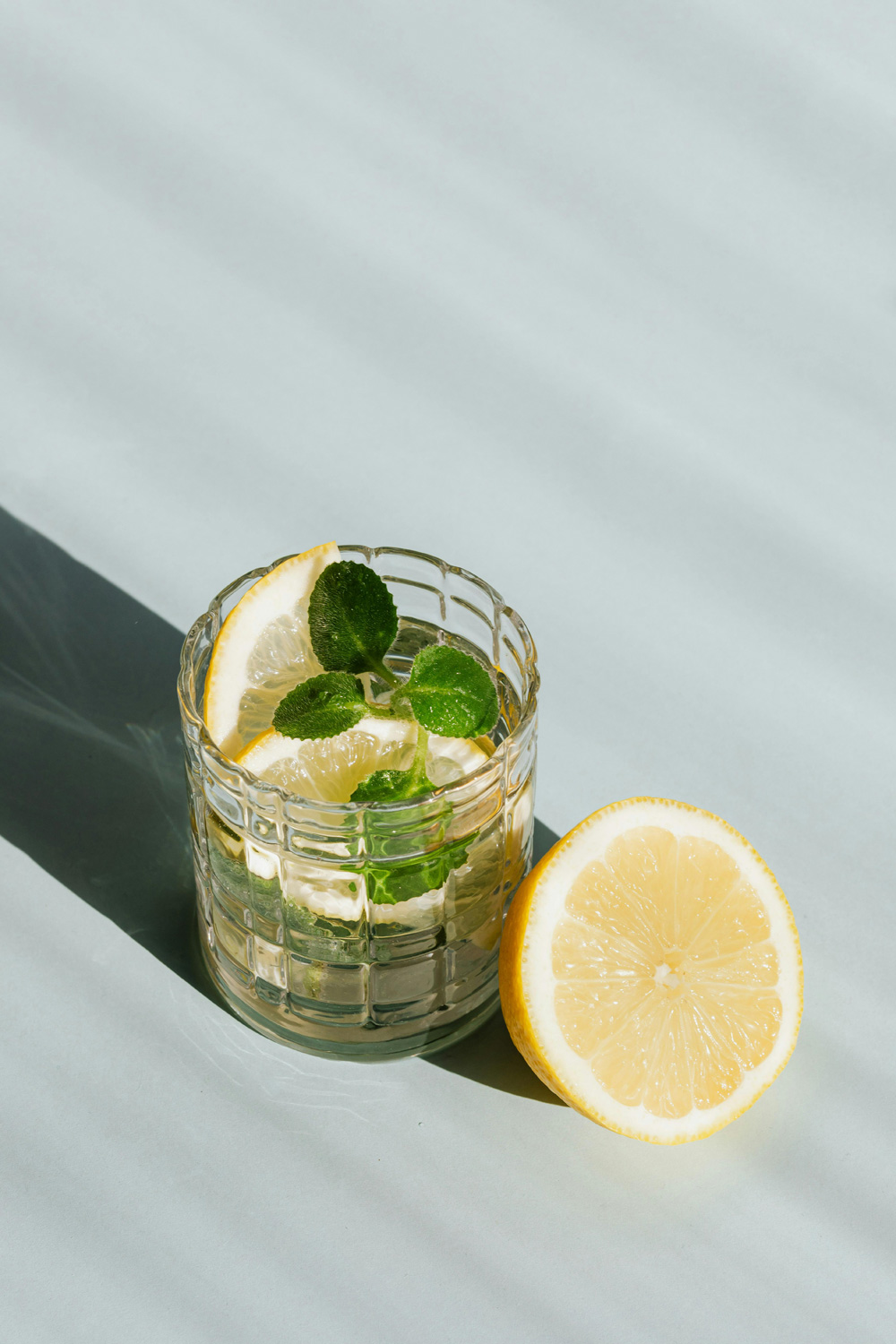
Could Damp January Be More Beneficial Than Going Sober?
By
4 months ago
The January trend we could get on board with
With all the Christmas revelry over and the depths of winter closing in, January is a notoriously blue month. And while we know an alcohol-free period would work wonders for our weary, overpartied bodies, the thought of going sober for 31 days can make an already tricky month feel even trickier. So: enter Damp January, Dry January’s friendlier, more fun cousin, which involves cutting down on booze rather than avoiding it entirely. The trend has been gaining traction in recent years – and we have good news: you’ll still reap plenty of health benefits, and the effects may even last longer.
What Is Damp January?
While the Dry January challenge sees participants going teetotal for a month, Damp January is a more lenient and moderate approach which involves reducing your alcohol intake rather than cutting it out completely. The consumption amount will look different for everyone: it could be sticking to drinking once a week, only having alcohol on special occasions, or simply enjoying an ad hoc glass of wine when you feel like it. As a general guideline, the NHS recommends drinking no more than 14 units of alcohol per week, spread across three days or more – which is around six medium glasses of wine, or six pints of four percent beer.
What Are The Benefits Of Damp January?
Damp January has become increasingly popular as people seek out more achievable, sustainable goals, aiming to cultivate a mindful relationship with alcohol. While the success rate of Dry January is relatively low – only 38 percent of people make it through the month without drinking, according to this study – Damp January is realistic and can be tailored to each individual.
Plus, dampness over dryness may reap more far-reaching rewards. One study, which analysed Dry January participants in the UK between 2015 and 2018, found taking part in the strict challenge actually resulted in drinking more later down the line, concluding that ‘people felt at greater liberty to drink to excess at other times of the year’. Damp January, on the other hand, is associated with building better habits which you can continue throughout the year.
‘You get the best benefit from alcohol when you drink in moderation,’ Amitava Dasgupta, PhD, professor of pathology and laboratory medicine at McGovern Medical School at UTHealth in Houston, told Healthline. ‘Just being dry for one month and going back to drinking in excess is a bad idea.’
And while you might not experience the same dramatic physical and mental shift as going fully teetotal, you’ll experience notable health benefits from simply drinking less. For people who drink two or more drinks a day, reducing your consumption can lower your blood pressure. Cutting down on booze can also improve sleep quality, result in weight loss, and make you feel more energetic day-to-day.
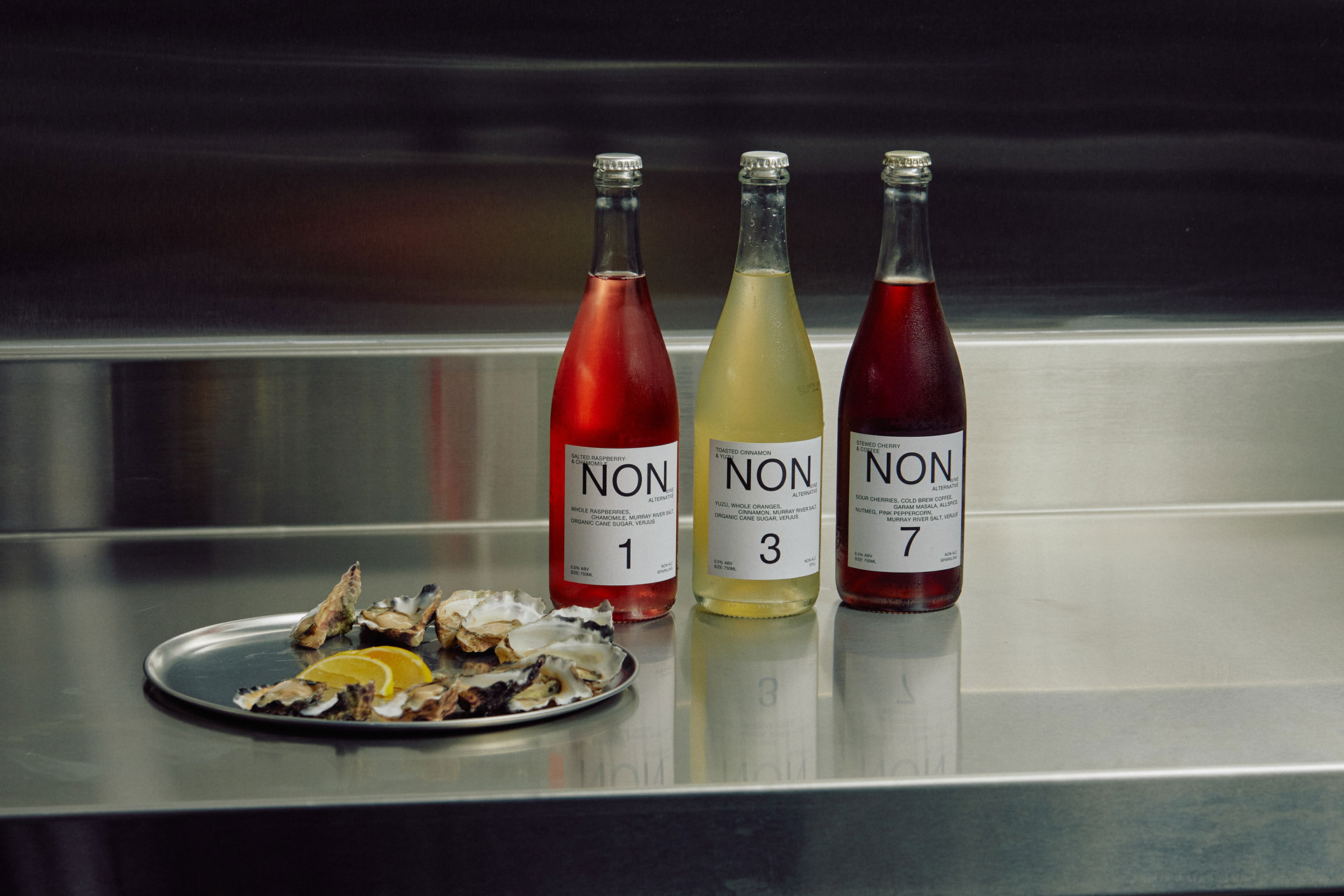
Top Tips
- Schedule in a few alcohol-free days a week.
- Track your consumption using a notebook, app or note on your phone.
- Got a night out this January? Try zebra-striping, the buzziest hack of the moment which involves alternating between alcoholic and non-alcoholic drinks.
- Plan social activities which don’t revolve around drinking – whether that’s a yoga class, a walk and a coffee, or going to the cinema.
- Explore the thriving low and no-alcohol drinks world – why not experiment with a mocktail recipe?

